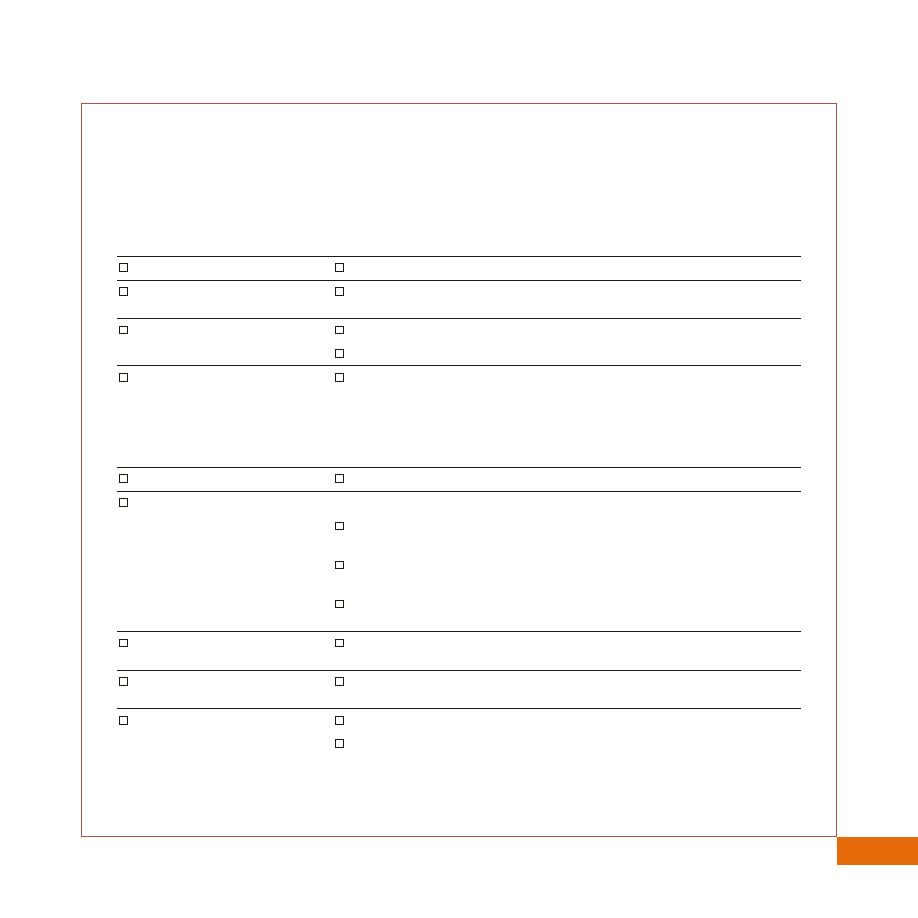
Appendix D: PDS Checklist
The PDS takes the project developed in the Feasibility Study, affirms that it is still the best course of action; and develops a detailed
implementation strategy, cost estimates, and design directives. These support the Construction Prospectus and the design start.
The Feasibility Study generally deals with strategic-scale issues and macro-level data, while the PDS addresses tactical-level issues
and uses more detailed data. The following checklist outlines the fundamental roles of the PDS by topic.
Customer Considerations
Customer Moves and Phasing
Assesses micro-level alternatives, such as moves and planned buildouts within a building.
Housing Plans
Refines the housing plans to support the Construction Prospectus and the
initiation of the design phase.
Occupancy Agreements
Refines the occupancy schedule, terms, and costs associated with customer buildouts.
Supports revisions to the final OA between GSA and the customer.
Pricing Policy
Revalidates and refines the estimates for specific buildouts and systems that affect
shell, TI, and security costs. However, the firewall set during the Feasibility Study
should not change significantly.
Physical Plant and Structure
Building Systems and Envelopes
Makes general systems choices, based on performance and program requirements.
Fire Protection Engineering and Life Safety
Evaluates the fire protection engineering and life safety assessment, based on the
project's direction established in the Feasibility Study.
Ensures that the proposed construction costs are sufficient to support the fire
protection engineering and life safety goals for the project.
Ensures that required fire protection and life safety mitigating measures that affect the
construction budget or schedule are incorporated into the construction request.
Hazardous Materials
Develops detailed costs and programs to address requirements regarding the treatment
of hazardous materials.
Life-Cycle Costing
Considers multiple micro-level alternatives and compares the life-cycle costs of various
options (especially regarding building systems choices).
Security Requirements
Refines specific countermeasures and costs associated with the preferred alternative.
Refines the project's design strategy and costs to meet performance requirements for
progressive collapse.
133



 Previous Page
Previous Page
